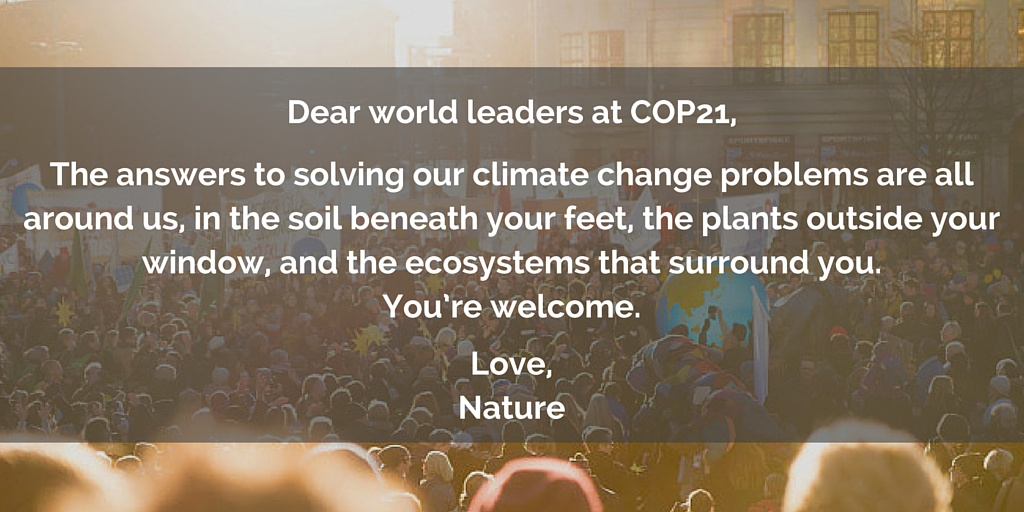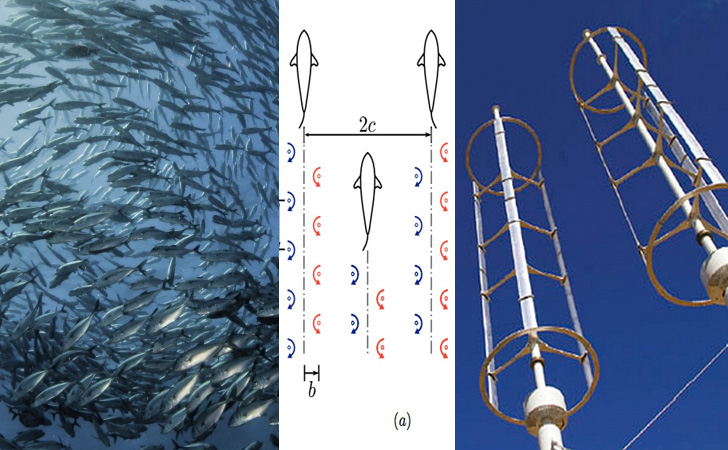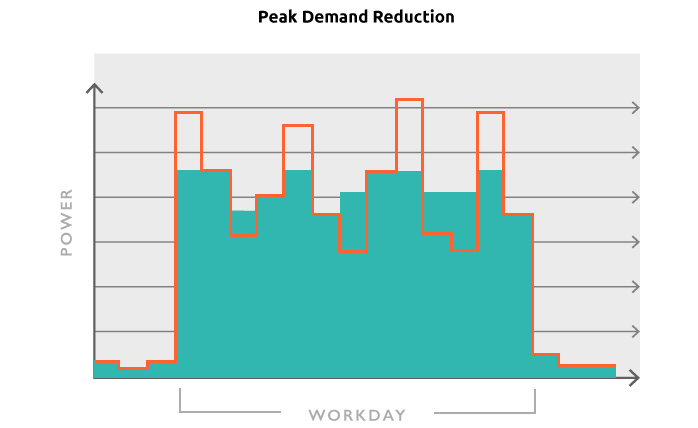Right now, world leaders are gathering in Paris at COP21 with nothing less than the future of our planet at stake. Their goal is to create a new international climate change agreement that limits global warming below 2℃. If temperatures rise above that magic number, the UN predicts that between 20-30 percent of plant and animal species could be wiped out. If things continue as they currently are, we will certainly hit that number (atmospheric CO2 levels recently passed the 400 ppm mark, another measure of the damage we’re doing). We know we cannot allow this to happen.
As these leaders work to hammer out plans, they’re going to need to land on solid strategies to limit greenhouse gas emissions and keep our planet’s temperature from rising. Luckily, the solutions are right outside our window.
Nature is full of clues for how we can approach our climate change problems, in ways that not only reduce our climate impact, but help us to “…become producers of ecosystem services” (Janine Benyus). Biomimicry studies and then translates nature’s architecture, design, and engineering strategies to human design. Many of these strategies can apply directly to climate change challenges such as how nature upcycles carbon, harnesses the sun’s power, and creates electricity.
COP21 is focused on developing solid action plans and solutions. In that spirit, we want to share just a few of nature’s strategies and corresponding innovations that can lead us down a more life-sustaining path.
First, here is a small sample of some ways that nature captures greenhouse gases and creates renewable energy:
Carbon-gobbling cacti
The Saguaro cactus uses some of the carbon dioxide it removes from the atmosphere to make compounds called oxalates.These oxalates then combine with calcium ions taken up from the soil by the plants roots. After the cactus dies, the calcium oxalate slowly transforms into solid calcium carbonate (calcite), and sequesters atmospheric carbon dioxide into the soil.
Carbon-storing habitat
According to scientists, wetlands are powerhouses for sequestering carbon. Since they’re primarily covered in water, oxygen can’t reach the soil underneath, which slows bacterial decomposition and releases less CO2 into the atmosphere. On the other hand, scientists caution that methane production as a result of increased productivity by wetlands could be a problem. Are there ways in which we can mimic wetlands’ carbon storage properties to create strategies to reduce greenhouse gas emissions?
Food-producing prairies
Developing agricultural systems that mimic the way natural ecosystems function can not only reduce our agricultural carbon footprint, but create soils that act as storehouses for atmospheric carbon. Natural systems like prairies are resilient, self-regulating, and diverse, with healthy soil ecosystems that act as carbon sinks. The Land Institute in Kansas has been researching a perennial agricultural system that produces edible mixed crops in a way that nourishes the soil, instead of the traditional monoculture practices that require soil-damaging irrigation and fertilizers.
Solar-powered hornet
The oriental hornet is a solar-powered marvel. This hornet is most active during the middle part of the day, when the sun is at its brightest, and harvests solar energy to power its physical activity and temperature regulation. It does this by directing sunlight toward yellow pigments in its outer layer (cuticle) that absorbs ultraviolet radiation.
Sea-floor sediment “batteries”
There is growing evidence that some bacteria in ocean sediments can form a chain and transport electrons between chemical reactions in the sediments and the water above, creating a ‘biogeobattery.’
Low-Light-Loving Solar Cells
These alpine species of pine trees have a waxy coat on their needles, enabling them to convert UV light into blue light that can be used to enhance photosynthesis in low light. This approach could be used to develop solar cells that work better in low-light conditions, among other uses.
There are also a number of carbon sequestration, clean tech, and energy management innovations existing today. Here are five examples of companies and designs that can point us in new directions:
Carbon-sequestering innovations:
- Novomer carbon dioxide-based plastics: Novomer takes waste carbon dioxide and transforms it into polymers. This process for producing carbon-capturing polymers was modeled after the Calvin Cycle in photosynthesizing plants.
- Blue Planet cement: This carbon-capturing cement production process was modeled after how hard corals use CO2 and calcium to biomineralize their calcium carbonate skeletons in seawater.
- Newlight Technologies AirCarbon: This company creates carbon-negative plastics made of methane-based greenhouse gases, inspired by carbon-capturing processes in nature.
Renewable energy technologies
- FLOWE wind farm design: Engineering professor John Dabiri is researching a new way of designing wind farms where vertical-axis wind turbines are arranged so that individual turbines can capture downstream airflow produced by neighboring turbines. This design was inspired by the way in which fish can reduce the energetic costs of swimming by using energy in water flows produced by upstream objects or other fish – essentially capturing free energy.
Energy management systems
- Encycle Swarm Logic (formerly REGEN Envirogrid) energy management system: This is a smart microgrid energy management system inspired by how groups of organisms use simple rules of interaction to self-organize, producing collective, ‘intelligent’ behavior. Encycle’s Swarm Logic system wirelessly connects a building’s power-consuming appliances to each other, enabling them to detect each other’s power cycles and communally determine the best times to turn each appliance on and off. The result is lower, smoothed out energy demand, which reduces costs for building owners and reduces strain on central electrical grids during peak demand.
These examples just scratch the surface of how we can apply learnings from nature to reduce greenhouse gas emissions, capture carbon already in the atmosphere, and protect our planet from climate change. Above all, realizing that nature holds clues to climate solutions makes it even more crucial that we act quickly and decisively in order to protect the living organisms that offer us design inspiration, hope, and a clear path forward.
For more innovations inspired by nature, as applied to not only products, but systems and services, visit asknature.org.









